France: Brittany and Normandy 2018
After our French breakfast we headed back to the cliffs. The trail to the beach started at a parking area for hikers in the middle of the country. There was no charge for parking here. We hiked through woods and pastures seeing only 2 other people. A steep downward climb at the end of the trail brought us to the beech. Breathtaking! The 300 yard pebbled beach was locked on three sides by the looming cliffs, open only to the sea. A sole fisherman was on the beach. One side the beach was closed by a white wall, it had a 10 foot roundish hole at its bottom about 15’ above the water line. You could peer through it and see miles of cliffs, meeting the ocean. Walking in the other direction you could wander for miles as long as the tide was going out, otherwise you would be sealed off from terra firma. The only way out would be up a perpendicular cliff of sheer rock or a swim for miles, good luck with that. We played it safe and hiked back out to our car and had a tailgate lunch surrounded by peacefulness. We continued driving to a lighthouse we had seen the prior day perched high on a cliff with cows grazing around right next to the sheer cliffs. The Cap-D'Antifer Lighthouse was originally build in 1894 and bombed in 1944, a new lighthouse was erected in 1949. It is automated and facilitates the access of ships to the port Havre-Antifer Oil Terminal which is a port designed to accommodate super oil tankers and visible from the cliffs. We found an abandon WW2 bunker and took about 50 pictures, me entering it, me in it, Jim coming out of it, the walls inside, the interior and exterior from close and far, etc. We returned to the town of Étretat to explore the right side of the beach cliffs. Fortunately, we found a road to the top of the
Patricia Simpson
15 chapters
16 Apr 2020
11 Normandy White Cliffs Day Two
October 10, 2018
After our French breakfast we headed back to the cliffs. The trail to the beach started at a parking area for hikers in the middle of the country. There was no charge for parking here. We hiked through woods and pastures seeing only 2 other people. A steep downward climb at the end of the trail brought us to the beech. Breathtaking! The 300 yard pebbled beach was locked on three sides by the looming cliffs, open only to the sea. A sole fisherman was on the beach. One side the beach was closed by a white wall, it had a 10 foot roundish hole at its bottom about 15’ above the water line. You could peer through it and see miles of cliffs, meeting the ocean. Walking in the other direction you could wander for miles as long as the tide was going out, otherwise you would be sealed off from terra firma. The only way out would be up a perpendicular cliff of sheer rock or a swim for miles, good luck with that. We played it safe and hiked back out to our car and had a tailgate lunch surrounded by peacefulness. We continued driving to a lighthouse we had seen the prior day perched high on a cliff with cows grazing around right next to the sheer cliffs. The Cap-D'Antifer Lighthouse was originally build in 1894 and bombed in 1944, a new lighthouse was erected in 1949. It is automated and facilitates the access of ships to the port Havre-Antifer Oil Terminal which is a port designed to accommodate super oil tankers and visible from the cliffs. We found an abandon WW2 bunker and took about 50 pictures, me entering it, me in it, Jim coming out of it, the walls inside, the interior and exterior from close and far, etc. We returned to the town of Étretat to explore the right side of the beach cliffs. Fortunately, we found a road to the top of the
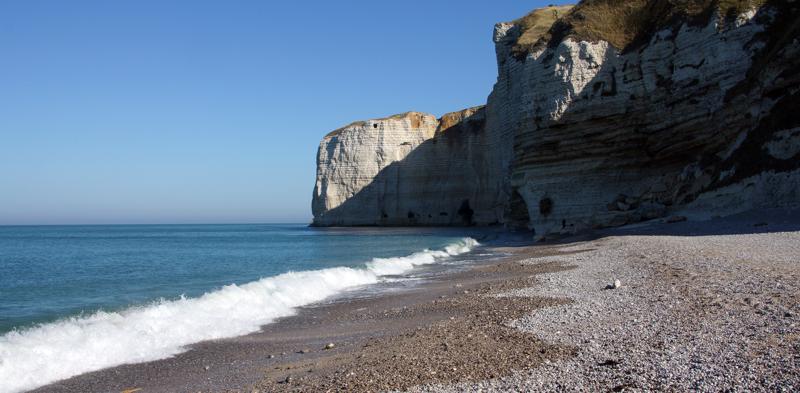
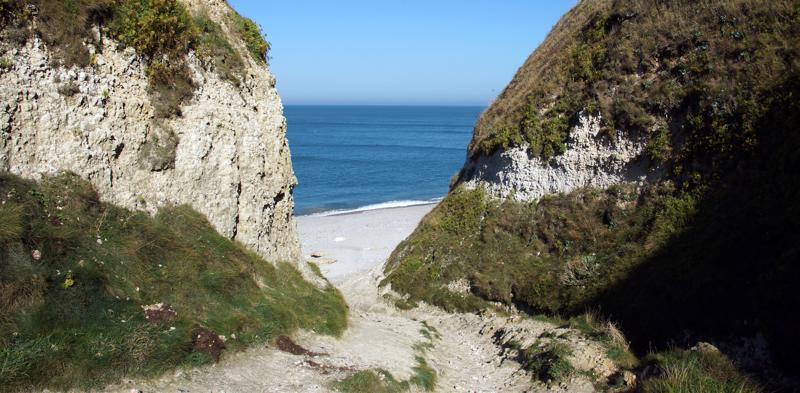
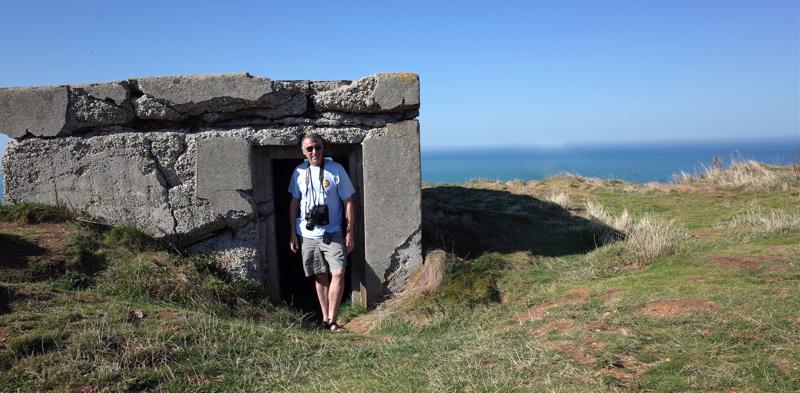
cliff instead of parking in town (not an option) not to mention we were worn out. The thought of climbing up from the beach was out of the question. The road to the top was narrow and very steep challenging our car, at times I thought it would start sliding backwards. On the top of this cliff there was a small charming church sitting by its self , the Chapelle Notre dame de la Garde. It was built by the inhabitants in 1854 who decided to construct a chapel consecrated to the Virgin Mary after an inspiring mission preached by Father Michel. The sailors carried the rocks and other materials needed for the construction up the 250’ cliff on their backs and completed the chapel in 1856. It was Destroyed in August, 1942 and reconstructed on August 22, 1950. We hiked around enjoying the stunning views of the town Étretat , the sea and the cliffs. We left and nose dived back down the road continuing to our next hotel, turning toward Paris. ‘Les Chambres de la Mare aux Saules’ another converted farm building but this time with a real dairy farm, cows, flies and odors. Of course, we where on the 3rd floor with a city block walk to get from our car to the staircase. Jim is really hating his bag. Our room was in the attic but very modern, clean spacious and well appointed. It had 4 beds and a bathroom to die for, the best shower I have ever used. Last but not least chairs and table for our hotel picnic dinner. Good Night!
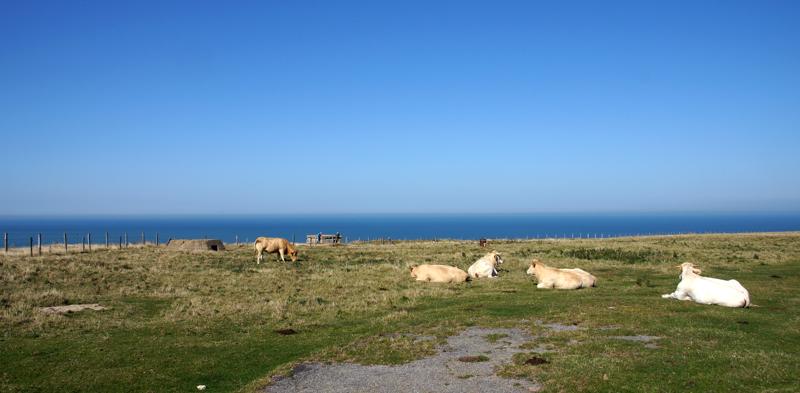
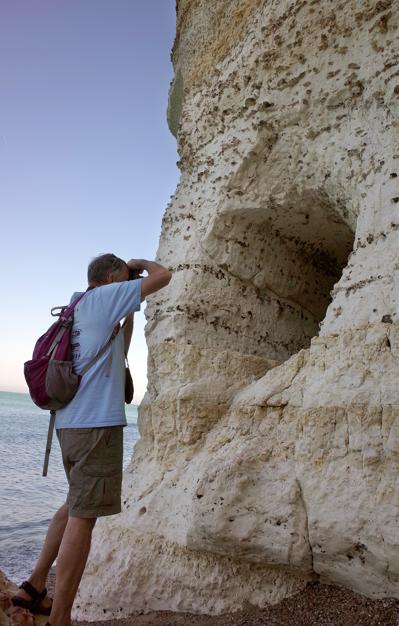
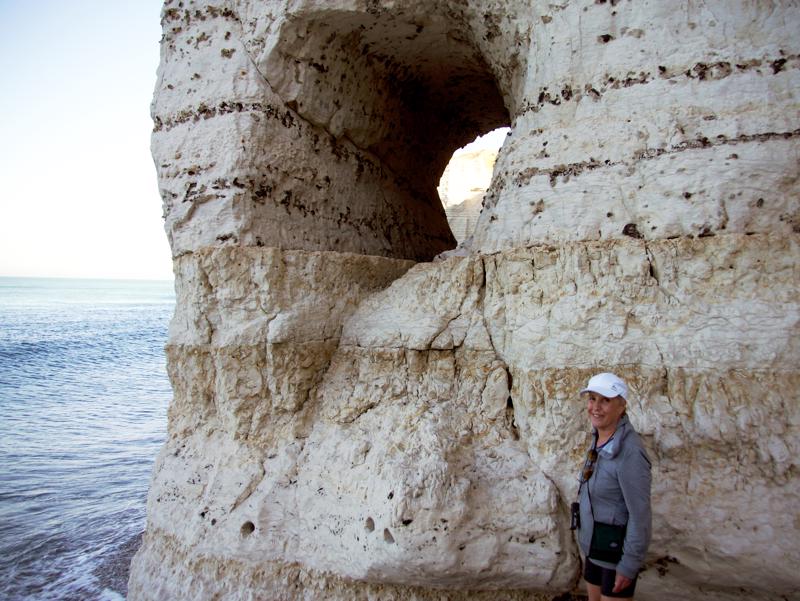
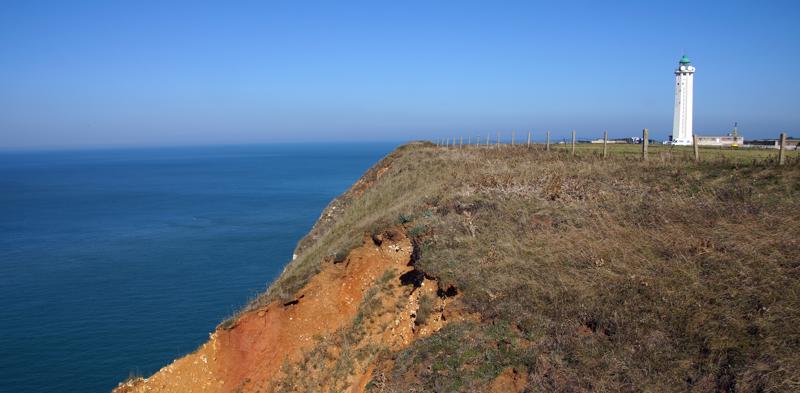
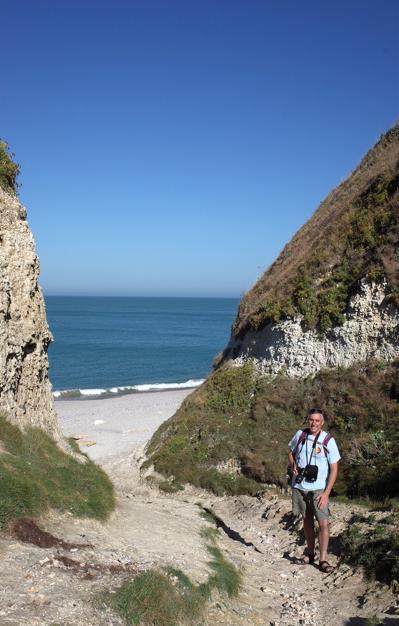
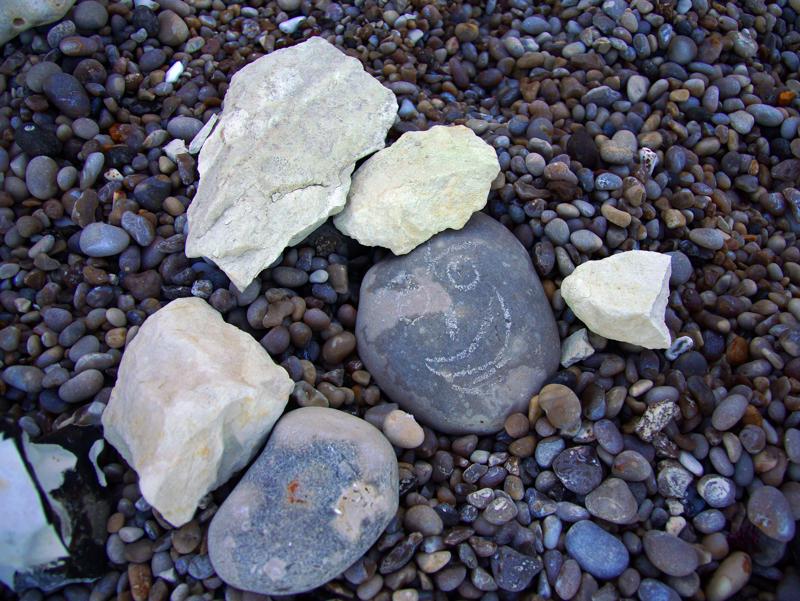
1.
Chapter 1 Newark to Orly France
2.
Chapter 2: Orly to Chartres
3.
Chapter 3 Day 1 In Brittany
4.
Chapter 4 Brittany Château de Suscinio
5.
5 Brittany Market Day & Queberon
6.
6 Brittany Gulf Of Morbihan
7.
7 Normandy; Mont-Saint-Michel
8.
8 Normandy Omaha and Utah Beaches
9.
9 Normandy Gold, Juno & Sword Beaches
10.
10 Normandy White Cliffs of Étretat
11.
11 Normandy White Cliffs Day Two
12.
12 Normandy Château Gaillard
13.
13 Normandy Giverney, Monet House
14.
14 Paris Day 1
15.
15 Paris Day 2
Share your travel adventures like this!
Create your own travel blog in one step
Share with friends and family to follow your journey
Easy set up, no technical knowledge needed and unlimited storage!